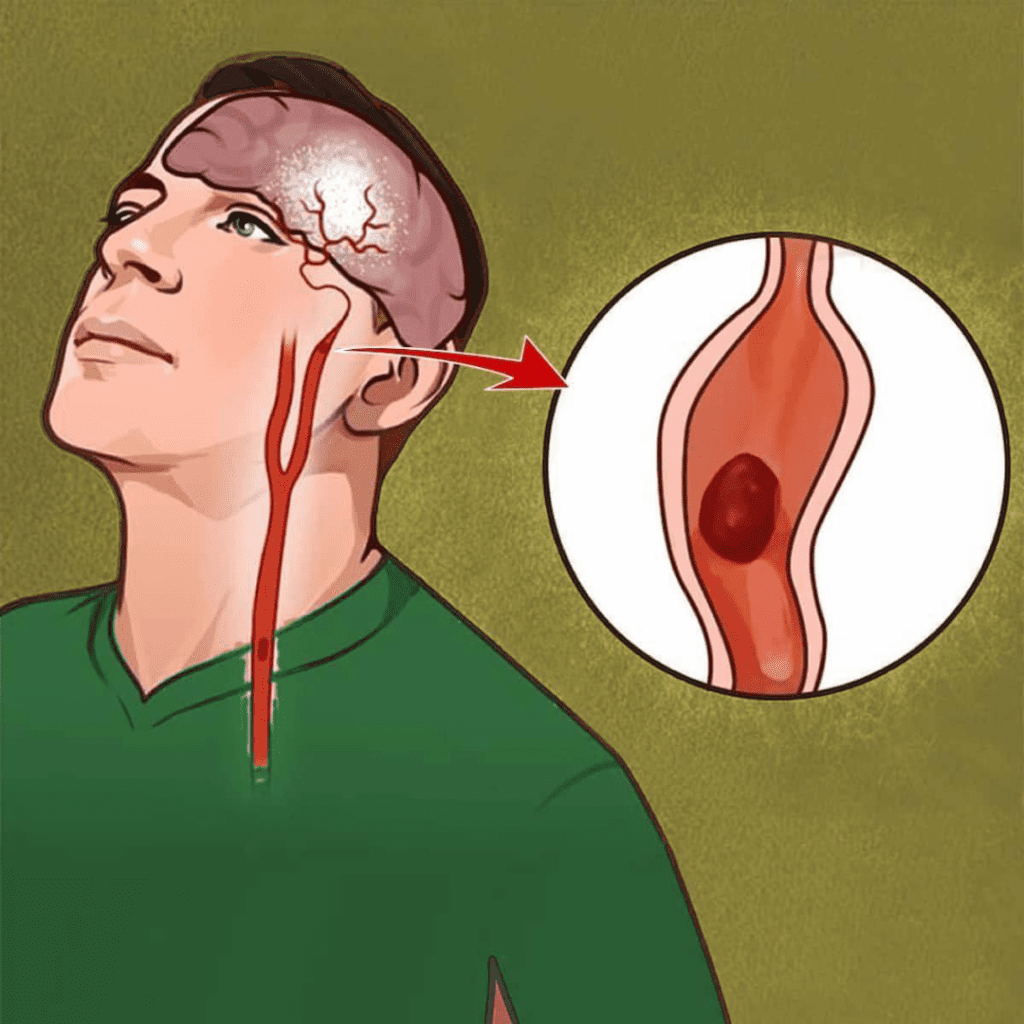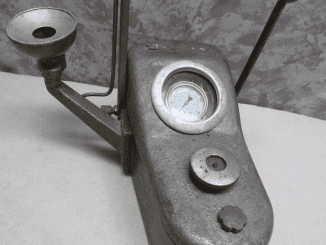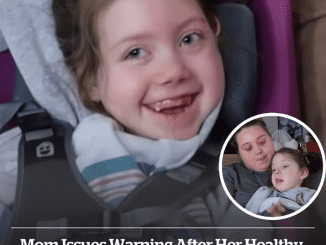Strokes, also known as “brain attacks,” occur when blood flow to the brain is disrupted. Prompt treatment is crucial during a stroke, as it can potentially save a person’s life. However, recognizing the signs of a stroke can be challenging.
Knowing the symptoms of a stroke is vital, as every minute counts when it comes to receiving timely medical care. Identifying if you or a loved one is experiencing a stroke can make all the difference in the outcome. Familiarizing yourself with the common signs of a stroke can help you act quickly and seek immediate medical attention.
7 Warning Signs of a Stroke:

Facial Drooping
One of the most recognizable signs of a stroke is facial drooping or numbness on one side of the face. This can cause the person’s smile to appear uneven or the eyes to droop.
Difficulty Speaking
Stroke can cause slurred speech, making it difficult for the person to communicate clearly. They may also have trouble understanding what others are saying.
Confusion
Strokes can lead to sudden confusion, making it hard for the person to understand their surroundings or follow simple instructions.
Blurred Vision
Sudden blurred or blackened vision, often in one eye, can be a sign of a stroke. This is different from a vision problem the person may already have.
Severe Headache
A sudden, severe “thunderclap” headache, often described as the “worst headache of your life,” can be a symptom of a stroke.
Dizziness and Loss of Coordination
Dizziness, loss of balance, and a lack of coordination can all be indicators that a stroke is occurring.
Nausea and Vomiting
Nausea and vomiting, especially if accompanied by other stroke symptoms, can be a sign that immediate medical attention is needed.
The American Stroke Association created the “FAST” protocol to help people quickly recognize the signs of a stroke and act accordingly:
F: Facial drooping
A: Arm weakness
S: Speech difficulties
T: Time to call 9-1-1
If you witness any of these signs, it’s crucial to call emergency services immediately. Don’t attempt to drive the person to the hospital yourself, as prompt medical care is essential for the best possible outcome.
The exact treatment for a stroke depends on the type, but the goal is always to restore proper blood flow to the brain. For ischemic strokes, which are the most common, treatments may include clot-busting drugs or procedures to remove the clot. Hemorrhagic strokes may require medications or surgery to lower brain pressure.
Even after receiving emergency treatment, stroke survivors have an increased risk of having another stroke. Treating underlying conditions like heart disease, high blood pressure, and diabetes can help reduce this risk. Additionally, leading a healthy lifestyle with a balanced diet and regular exercise can go a long way in stroke prevention.
Strokes are a serious medical emergency, but knowing the warning signs and acting quickly can make all the difference. By familiarizing yourself with the signs of a stroke and being prepared to call for immediate medical assistance, you could potentially save a life – perhaps even your own. Don’t hesitate to seek help if you suspect a stroke is occurring.


